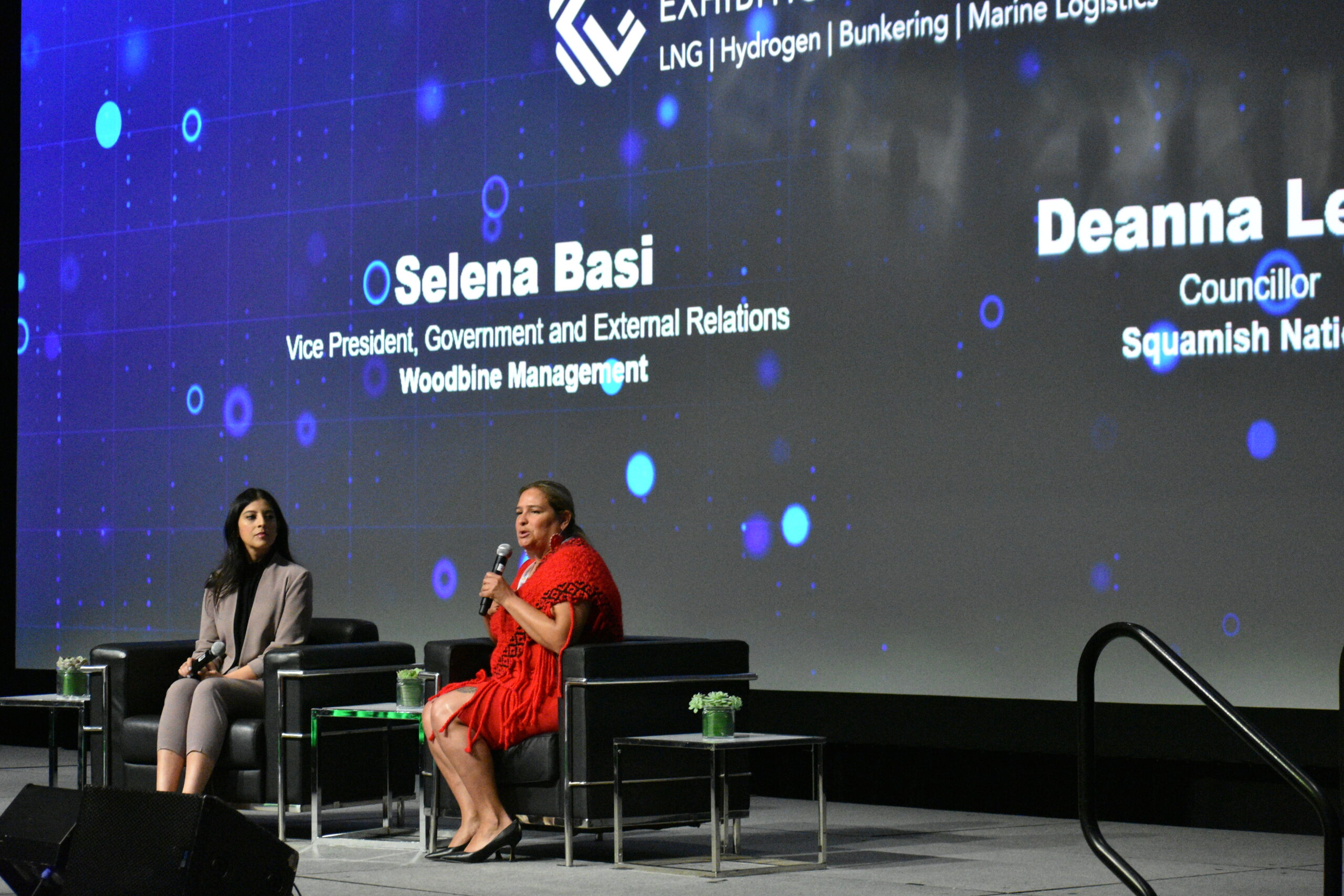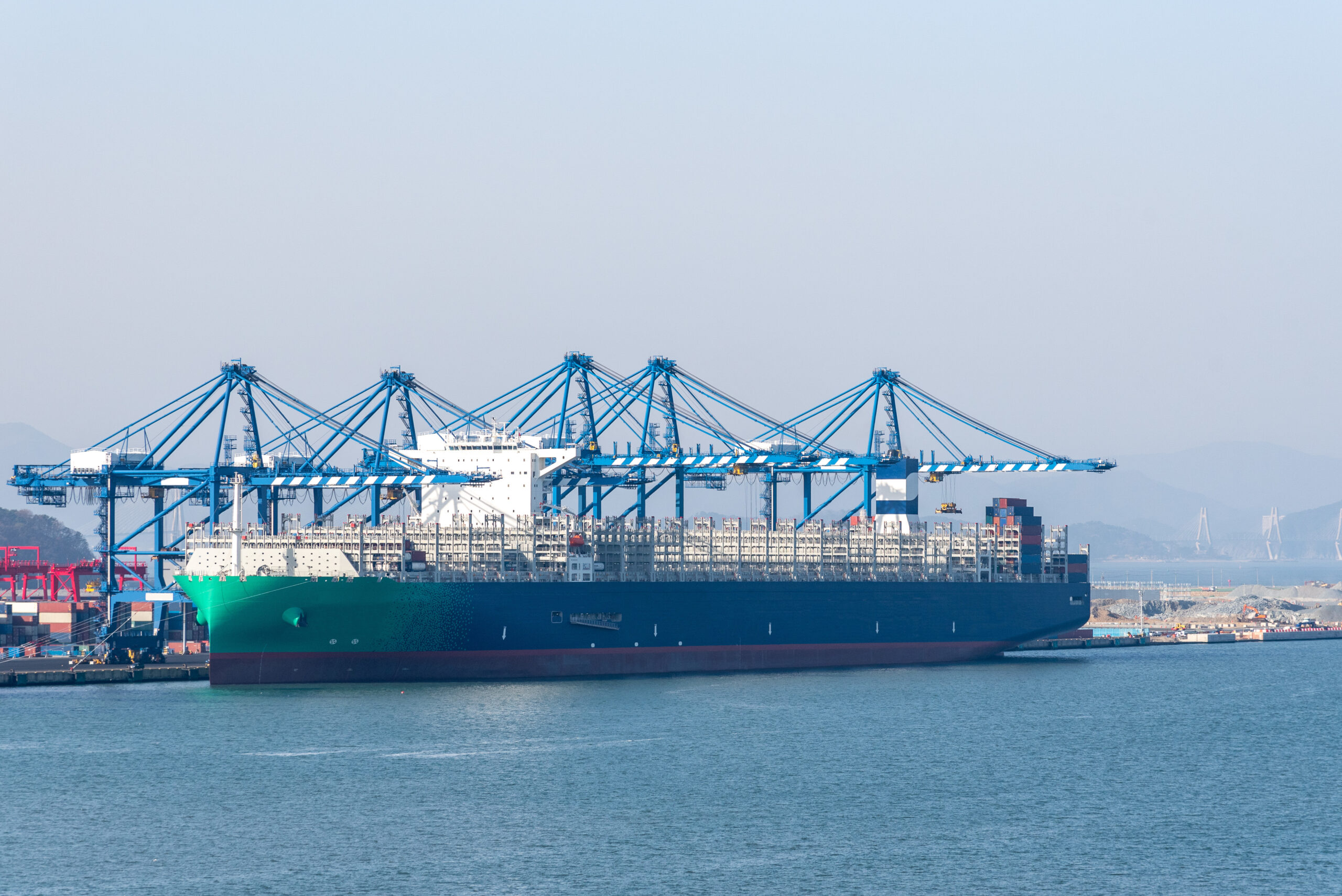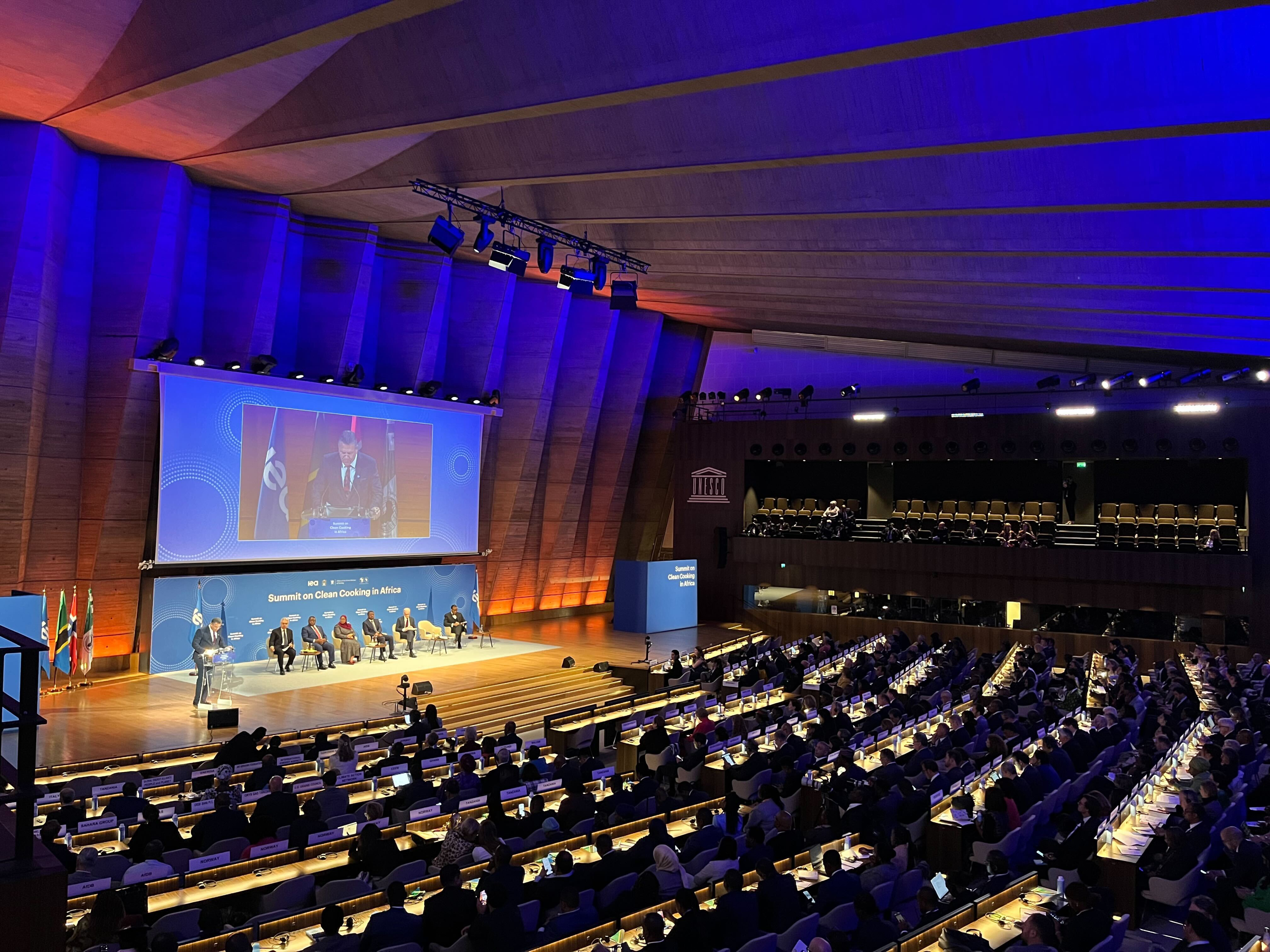Canada’s Woodfibre LNG makes progress, but suffers another setback
At an energy conference in Vancouver, a Woodfibre LNG official said construction has advanced on the controversial gas project in British Columbia.

(Vancouver, British Columbia) — One of Canada’s two LNG projects under development, Woodfibre LNG, gave a construction update at a gas conference in Vancouver on Tuesday.
While Canada’s leading gas export project — LNG Canada — is slated to begin operations in northern B.C. in the middle of 2025, the smaller Woodfibre LNG is moving forward and it offers a helpful model for other LNG projects around the country, a company official said at the 2024 Canada Gas Exhibition & Conference in Vancouver on May 7.
“This year has been an incredibly exciting time for Woodfibre LNG,” said Selena Basi, vice president of government relations at Woodfibre LNG.
Woodfibre LNG is a 2.1 million-tonne-per-annum (mtpa) project in the small city of Squamish, British Columbia, about an hour’s drive north of Vancouver.
The project entails two marine vessels moored at the site of an old pulp mill in Howe Sound, a scenic body of water surrounded by mountains. The project has been highly controversial in Squamish, where fears of environmental impacts – on both marine life and air quality – have fed opposition to the project. It has been years in the making, but suffered repeated delays that led to ballooning costs, as Gas Outlook reported in 2023.
Nevertheless, Basi hailed progress at the site in the past year, after a long period of setbacks and headaches.
Woodfibre is only allowed to undertake construction between September and January, due to protections on marine life.
Basi said that Woodfibre completed significant site preparation in the past construction window, bringing in fill to elevate the site by about six metres. The company also did shore reconstruction to allow the marine terminals to be built.
“The floatel mooring structure was completed. The marine offloading facility, which will allow us to bring in those heavy modules from overseas, has started,” and will resume next construction season later this year, Basi said.
The “floatel” refers to a floating hotel that would house the workers that will build Woodfibre LNG. The workers would live on the vessel – essentially a renovated cruise ship – and take a ferry to the Woodfibre site each day for work. It would be anchored in Howe Sound and house up to 650 people. A floatel would have the advantage of avoiding impacts on the local housing market, which is already tight.
Despite the construction progress, more recently the project suffered another setback. The Squamish City Council rejected a permit for the floatel by a vote of 4-3, and the province of British Columbia signalled that it would not step in to help Woodfibre, stating that the company needs to provide more information to the city of Squamish. This deals a blow to the project and could force further delays.
“Woodfibre LNG and the District of Squamish will need to discuss the next steps. The EAO will not speculate on what that path may look like,” British Columbia’s Environmental Assessment Office told The Squamish Chief.
Attendees at the Canada Gas Exhibition & Conference were not pleased. “I think it’s a travesty and a tragedy that this final mile detail is causing improper hardship on a virtuous project,” Stewart Muir, CEO of Resource Works Society, a pro-industry NGO, said on a panel. “I feel they all need our support. I hope you at Woodfibre LNG succeed quickly at getting justice.”
As Gas Outlook reported in 2023, there are fears in Squamish that a big influx of workers from out of town could contribute to social problems, including violence against Indigenous women and girls. The link between the arrival of a temporary workforce at resource extraction projects and gender-based violence has been documented at resource extraction projects in other parts of Canada and around the world. Squamish City Councillors voiced concerns about safety and environmental impacts when voting to reject the floatel permit.
At the Canada Gas conference, Deanna Lewis, a councillor at Squamish Nation, denounced the decision. She said that Woodfibre has been a good partner, and that Woodfibre “has exceeded all expectations” in terms of adhering to environmental and safety conditions, including educating incoming workers on gender-based violence. Squamish Nation is an environmental regulator for the project, a first of its kind arrangement between the LNG industry and First Nations.
Indeed, multiple panelists hailed the growing trend of LNG developers partnering with First Nations to build LNG projects. Several proposed facilities have First Nations as full equity partners, and Woodfibre is unique with the First Nation as an official environmental regulator.
But Lewis also noted that not everyone in Squamish Nation supports LNG. “There is division in our own community on this project,” she said.
Meanwhile, Woodfibre’s Basi said that the project offers other upsides. In addition to the economic investment, Basi framed Woodfibre LNG as a solution to climate change.
“We know that the world needs these projects, and we know that here in Canada we can build these projects in a lower-carbon fashion,” she said. “We are the world’s first met zero LNG facility.”
That claim comes with some asterisks. Woodfibre LNG’s net zero strategy hinges on the fact that it will use renewable energy from the grid, rather than gas to power at its liquefaction plant. The tradeoff is that LNG facilities could take clean power from other sectors in the province, with the end result that fossil fuels fill the gap. But the net zero strategy also relies heavily on carbon offsets, a scheme that has been criticised globally for problems with integrity and questionable climate benefits.
Woodfibre’s net zero strategy does not include Scope 3 emissions – emissions from when the gas is burned by the end consumer – from where the bulk of the climate impact from LNG comes.
Still, the panelists uniformly viewed LNG as a net benefit for the climate, and they agreed that the industry needs to “tell a better story” regarding LNG to raise awareness about its attributes.
“We do have people in this room advocating that LNG is a necessary part of the shift to a low carbon future,” Basi said.



